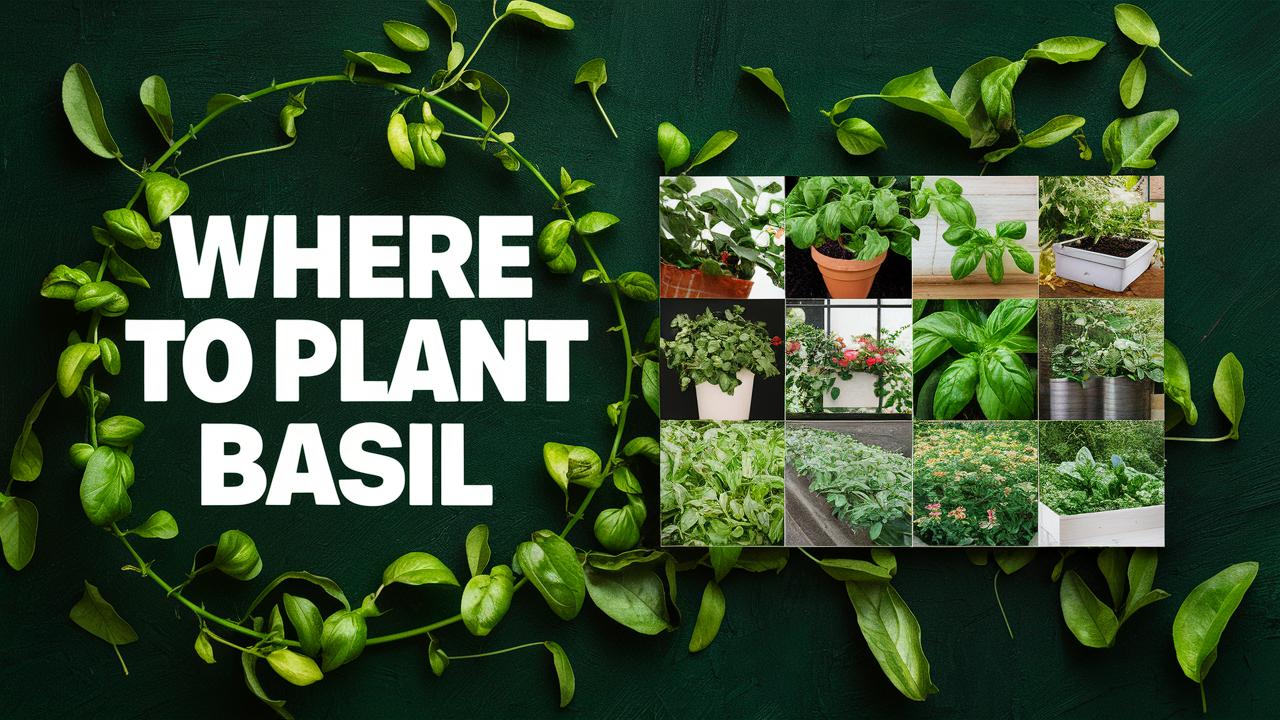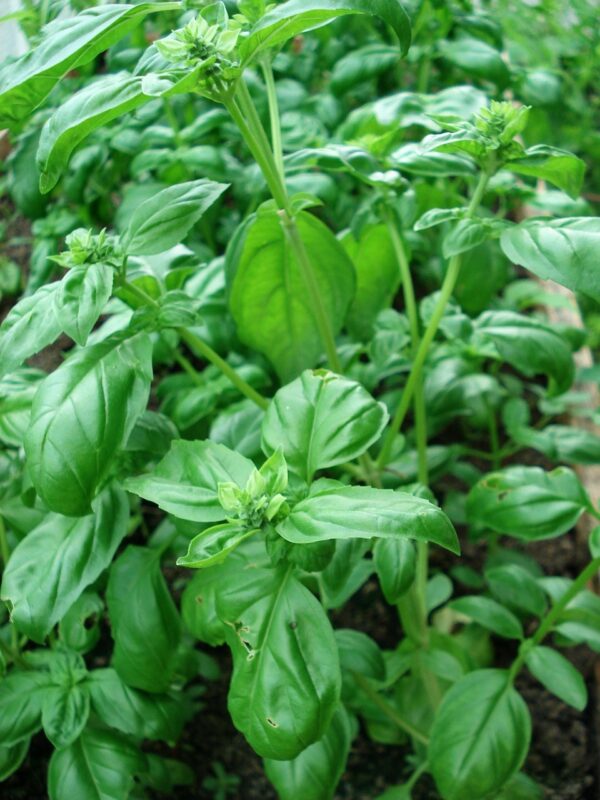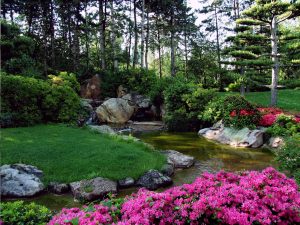In this comprehensive guide, we’ll explore everything you need to know about locating the perfect spot for basil, including requirements for soil, light, moisture, and companion planting.
The Basics of Basil: Why Location Matters

Before diving into the specifics of where to plant basil, it’s essential to understand why the location is crucial to its growth. Basil thrives in environments that meet its needs for sunlight, moisture, and nutrients. Planting basil in the wrong spot can lead to poor growth, reduced flavor, and even make the plant more susceptible to pests and diseases. The ideal conditions will allow basil to flourish, leading to a bountiful harvest that will elevate your culinary creations.
Sunlight: The Heart of Basil’s Growth
Basil is a sun-loving herb that requires at least 6 to 8 hours of direct sunlight each day for optimal growth. When planning where to plant your basil, consider the following options:
1. Full Sun Garden Bed
The first and most obvious choice is a garden bed that receives full sun. If you have a dedicated vegetable garden, that’s often the best spot. Ensure that this area is free from shading caused by trees, fences, or taller plants. A garden bed offers the advantage of well-aerated soil where basil can establish deep roots.
2. Container Gardening on a Sunny Patio
If you lack garden space, container gardening is an excellent alternative. Choose pots made from materials that retain heat, such as terracotta, and make sure they have drainage holes. An outdoor space, like a balcony or a patio, can work wonderfully for containers, given that these areas typically receive ample sunlight. Rotate the pots if you notice uneven growth from differing light exposure.
3. Windowsills for Indoor Plants
Indoor gardening is another viable option for growing basil. If you frequently cook with it, having fresh basil at your fingertips is convenient. Look for east or west-facing windows, as these provide the ideal light conditions. If your windowsill doesn’t get enough light, consider incorporating grow lights to supplement.
Soil: Digging into Nutrient-Rich Earth
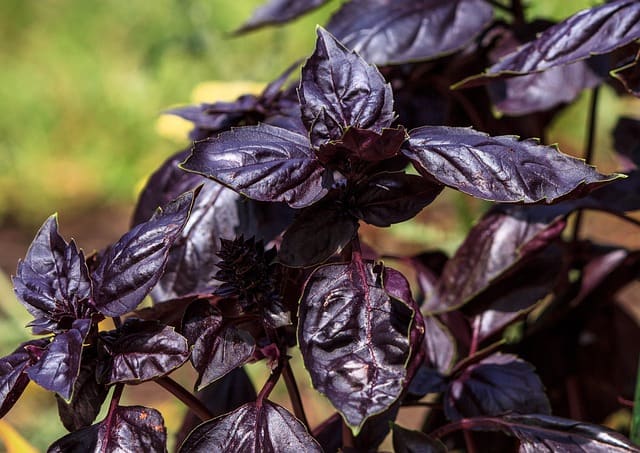
The choice of soil is just as critical as sunlight when determining where to plant basil. Basil prefers a well-draining, nutrient-rich soil with a pH level between 6.0 and 7.0. Consider the following aspects when selecting your planting site:
1. Raised Beds for Optimal Drainage
If you’re planting in a garden, raised beds can offer the best soil conditions. They allow for better drainage, lower soil compaction, and easier access for caring for your plants. You can mix a good quality organic potting mix with your native soil to create the perfect balance of nutrients.
2. Soil Amendments for Container Plants
When planting in containers, the type of potting mix you use is vital. Look for a high-quality potting mix designed for herbs. You can also enrich the soil by adding compost or well-rotted manure, which provides organic nutrients that basil will love.
3. Avoiding Heavy Clay Soils
If your garden has heavy clay soil that retains too much moisture, basil may struggle to grow. In such cases, consider amending the soil with sand or using raised beds to facilitate proper drainage. This will help prevent root rot and other moisture-related issues.
Moisture: Finding the Balance

Basil needs consistent moisture but does not tolerate soggy soil. The location you choose for planting basil must also allow for proper watering practices to keep the soil evenly moist. Here’s how to manage moisture effectively:
1. Watering Schedule for Garden Beds
In an outdoor garden, water your basil plants early in the morning or late in the afternoon, when the temperatures are lower. This reduces water evaporation and allows the plants to absorb moisture effectively. In hotter climates, consider mulching around basil plants to retain soil moisture and regulate temperature.
2. Container Watering Strategies
Containers dry out faster than garden beds, so check the moisture levels more frequently. Use your finger to gauge the soil’s moisture a few inches below the surface. If the soil is dry, it’s time to water. Ensure that your containers have drainage holes to avoid excess water pooling at the bottom.
3. Humidity Needs for Indoor Basil
For indoor basil, maintaining humidity levels can be crucial, especially in dry climates or during winter months when indoor heating systems are in use. You can increase humidity by misting the leaves or placing a small humidifier nearby. Grouping your basil with other houseplants can also help create a microclimate with adequate humidity.
Companion Planting: Creating a Harmonious Garden
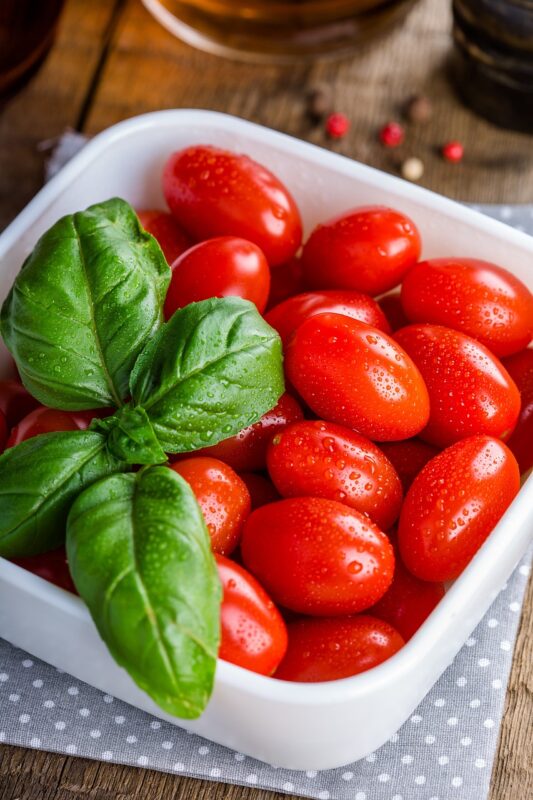
When selecting a location for basil, consider how companion planting can enhance both your basil’s growth and the overall health of your garden. Some plants coexist well with basil and can help deter pests, improve flavor, and create a balanced environment. Here’s a look at some great companions:
1. Tomatoes: The Perfect Pairing
Basil and tomatoes are often considered a classic pairing not only in the kitchen but also in the garden. Planting basil near tomatoes can improve the flavor of the tomatoes and deter pests. Choose a sunny spot with ample space for both plants to flourish without overcrowding.
2. Pepper Plants: Enhancing Flavor
Like tomatoes, bell peppers and other pepper varieties thrive when planted near basil. The two plants share similar growing requirements, making them excellent companions. Furthermore, basil can help repel aphids, which are common pests for peppers.
3. Carrots: A Ground-Level Ally
Basil and carrots can help one another thrive. The aromatic leaves of basil can confuse pests that typically target carrots, while the carrots can help aerate the soil with their root systems. Plant them in close proximity, allowing enough spacing for both plants to grow comfortably.
Pests and Diseases: Choosing the Right Spot to Avoid Issues

Where you plant basil can also impact its susceptibility to pests and diseases. Some locations may pose higher risks than others. Pay attention to the following considerations:
1. Ventilation and Airflow
Choose a location that allows for good airflow around your basil plants. Poor air circulation can lead to fungal diseases such as downy mildew or powdery mildew. If you’re planting basil in a crowded garden bed, ensure there’s ample space between plants.
2. Avoiding Low-Lying Areas
Planting basil in low-lying areas that collect moisture can create a breeding ground for pests and diseases. If possible, select a well-drained, elevated spot that doesn’t retain water. This will help keep your plants healthier and more vigorous.
3. Regular Monitoring and Maintenance
No matter where you plant basil, regular monitoring is key to catching pests and diseases early. Examine the leaves and stems for signs of trouble, like spots or holes, and act promptly to address any issues. Encourage beneficial insects, such as ladybugs, to help control pest populations naturally.
Seasonal Considerations: Understanding the Right Time To Plant
When it comes to basil, timing is everything. Since it is sensitive to frost, knowing when to plant basil based on your region’s climate will greatly enhance your chances of success. Here are some considerations for seasonal planting:
1. Spring Planting for Outdoor Gardens
In most regions, basil is best planted after the last frost date in the spring. Consult your local gardening zone to know the optimal time for sowing seeds or transplanting seedlings outdoors. Keep in mind that basil loves warm temperatures, so waiting until the soil warms up is critical.
2. Year-Round Indoor Growing
If you’re looking for a consistent supply of basil throughout the year, consider planting indoors. As long as you provide adequate light, moisture, and temperature control, you can enjoy fresh basil in every season. This approach allows you to bypass the seasonal limitations of outdoor gardening.
3. Timing for Succession Planting
To ensure a continuous supply of basil, consider staggered planting. Start new seeds or seedlings every couple of weeks during peak growing season. This way, you’ll have a steady harvest of basil to enjoy, ensuring freshness while avoiding overwhelming your cooking endeavors.
Tips for Optimal Basil Growth
With all of this information on where to plant basil, let’s wrap up with a few practical tips to boost your basil-growing success:
Rotate Your Crops: To reduce pest and disease issues, rotate basil to different spots in your garden each year. This can help disrupt cycles of pests and diseases that may have established a presence in one area.
Prune Regularly: Encourage bushier growth and prolong the life of your basil by pinching or cutting off flowering tops. This will direct the plant’s energy into producing more leaves rather than seeds.
Fertilize Wisely: While basil doesn’t need excessive fertilization, using a balanced, water-soluble fertilizer every few weeks can promote growth. Just be sure not to over-fertilize, as this can lead to excessive foliage and less flavorful leaves.
Harvest with Care: When harvesting basil, use clean scissors to cut leaves without damaging the plant. This will ensure that the basil continues to thrive and produce throughout the growing season.
Consider Planting Varieties: Explore different varieties of basil, such as Thai basil, lemon basil, or purple basil. Each has its unique flavor profile, and planting a mix can diversify your cooking options.
Conclusion: Your Basil Garden Awaits
Planting basil is not just about the physical act of putting seeds in soil; it’s about creating the right environment for growth. By giving basil the sunlight, soil, moisture, and companionship it craves, you’ll reap the rewards in flavor and abundance.


